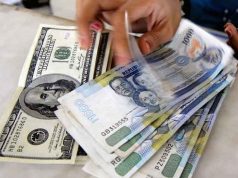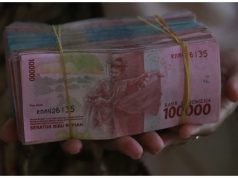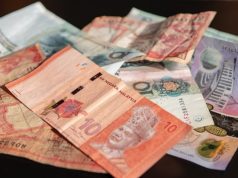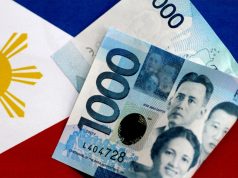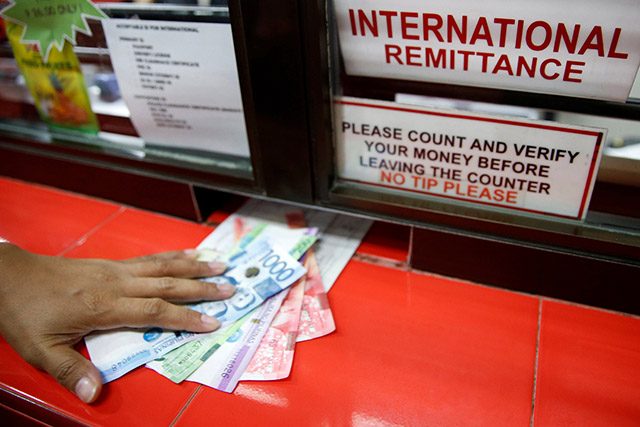
Asian currencies will wallow in the near-term, analysts forecast this week, with any respite from their first-half losses only likely to come in the form of proactive policy normalization by regional central banks combined with a Chinese recovery.
A mix of elevated commodity prices and narrowing interest rate differentials have piled pressure on most Asian currencies, with some hitting multi-year lows in recent weeks.
Foreign money has flowed out of emerging Asia, excluding China, for five months in a row in the face of a reluctance among central banks to hike rates.
The Taiwanese dollar TWD=TP, South Korea’s won KRW=KFTC and the Philippine peso PHP= have all weakened by more than 6.8% against a strong U.S. dollar this year, while the Indian rupee INR=IN is near record lows.
Mounting fears of a global recession have forced investors to flee stocks and riskier Asian assets in favor of bonds and the greenback, which recently hit a nearly two-decade high against major currencies.
While Asian central banks have turned more hawkish recently to control spiking prices, a focus on growth and relatively controlled inflation has meant rate hikes have not been as aggressive as those by the U.S. Federal Reserve.
“Rate hikes (in Asia) are ultimately going to be of a smaller quantum and at a slower pace compared to the U.S. Fed. So, policy rate differentials will continue to be moving against Asia,” Duncan Tan, Rates Strategist at DBS Bank, said.
Of the 13 analysts and strategists interviewed this week, more than half expect Asian currencies to remain under pressure as long as aggressive Fed tightening persists.
“We could possibly see EMFX stabilization once peak hawkishness is reached, but any meaningful gains will hinge on growth and (the) extent of U.S. dollar pullback,” Christopher Wong, FX strategist at Maybank, said.
Although a rejuvenation of China’s economy after the lifting of COVID-19 curbs could drive flows back into Asia, investors will refrain from placing big bets until they see data which allows them to gauge the pace of any recovery.
“The reality is that China finds itself opening to a slowing global economy. This is leaving the outward-facing nation vulnerable going into the second half of 2022,” said Daniel Dubrovsky, a strategist with IG.
Net commodity exporter Indonesia, historically regarded as susceptible to global policy tightening, has remained resilient this time, with strong commodity exports and reopening from COVID-19 restrictions helping it outperform other markets.
The Jakarta Stock Exchange Composite Index (JCI) .JKSE is the only major equity index in the region to post significant gains this year, jumping nearly 5%.
—Reporting by Harish Sridharan in Bengaluru; Editing by Krsihna Chandra Eluri




